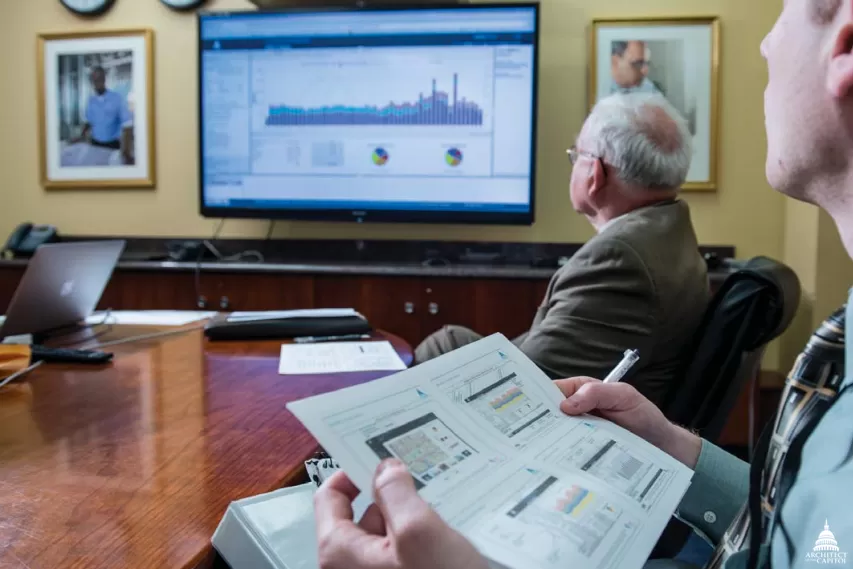Our Stories
Recent Articles
Behind the Scenes
The People's Gardens
Take a stroll through our pictorial tour to experience the beauty of these unique garden beds and meet a few members of the jurisdiction's Gardening team that work hard year-round to keep the Capitol campus looking beautiful.
Behind the Scenes
Hanami on the Hill: Cherry Blossom Season on U.S. Capitol Grounds
Nestled on the grounds of the U.S. Capitol, these trees stand as a symbol of renewal and spring. A few of the oldest recently received some unique preservation care.
Behind the Scenes
Picture Perfect: Capturing Iconic Images of the U.S. Capitol Grounds
See the Capitol campus through the eyes of an AOC Photographer.
Behind the Scenes
Photography and Technical Imaging Branch Marks 75th Anniversary
Recent historical research has confirmed that the Architect of the Capitol is home to the first federal government photography office, what is today called the AOC Photography and Technical Imaging Branch.






Comments
Thank you for sharing the article on how Energy Savings Performance Contracts helped AOC exceed their energy goals! The insights into the strategies and successes are truly inspiring. I appreciate the detailed explanation of how these contracts can drive significant energy savings and efficiency improvements. This information is not only informative but also motivating as we look to implement similar measures. Thanks for providing such valuable and encouraging content!
This article is a great example of how energy efficiency contracts can help organizations achieve significant energy savings. It's inspiring to see AOC's commitment to sustainability and their successful implementation of an ESPC. This is a great model for other organizations looking to reduce their environmental impact and save money on energy costs.
Add new comment